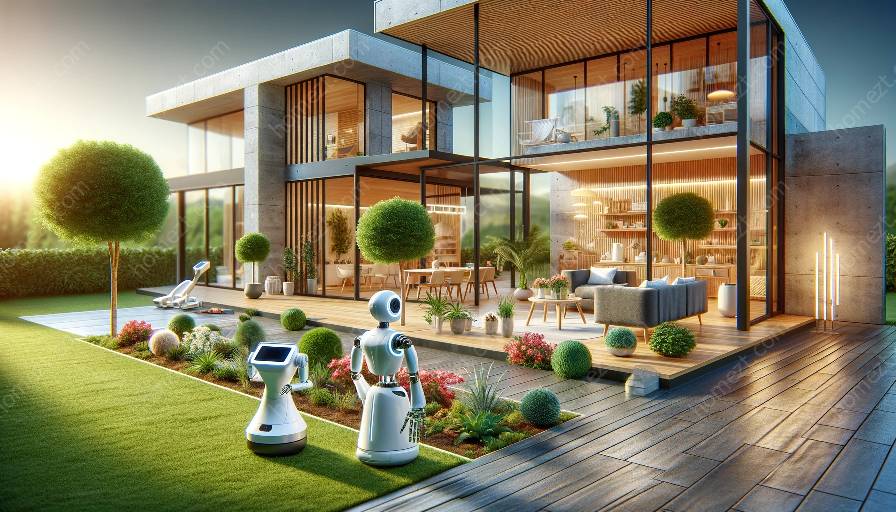Home automation refers to the integration of smart technologies into a house, providing homeowners with greater control, security, and convenience. As the field continues to evolve, the application of robotics in home automation becomes increasingly prevalent. Robots are being used to perform various tasks, such as cleaning, monitoring, and assisting with daily activities. However, the practical challenges of implementing robotics in home automation present both opportunities and obstacles for homeowners and industry professionals.
Integration and Compatibility
One of the practical challenges of implementing robotics in home automation is the integration and compatibility with existing smart devices and systems. Home automation typically involves a diverse range of technologies, including smart thermostats, lighting controls, security cameras, and entertainment systems. Ensuring that robotic devices can seamlessly communicate and collaborate with these existing technologies is crucial for a smooth and effective automation experience.
Cost and Affordability
Another significant challenge is the cost and affordability of robotic solutions for home automation. While the prices of robotic devices have been decreasing over time, many advanced robots still carry a hefty price tag. Homeowners may face the dilemma of balancing the potential benefits of robotics with the upfront investment required, particularly when considering the integration of multiple robotic devices throughout the home.
Reliability and Maintenance
Robotic devices in home automation need to be reliable and low-maintenance to effectively serve their intended purposes. From vacuuming robots to security robots, these devices must operate consistently and require minimal intervention from homeowners. Additionally, regular maintenance and software updates are essential to ensure that the robots remain functional and secure over time.
Privacy and Security Concerns
Privacy and security concerns also pose practical challenges in the implementation of robotics in home automation. As robotic devices interact with sensitive data and perform physical tasks within the home environment, ensuring the protection of personal information and preventing unauthorized access becomes paramount. Homeowners and industry stakeholders must address potential vulnerabilities and establish robust security measures to safeguard against risks.
Acceptance and User Experience
The acceptance and user experience of robotic solutions within the home environment are key challenges for successful implementation. While some homeowners may embrace the idea of robotic assistance and automation, others may have concerns or reservations about integrating robots into their living spaces. Designing intuitive user interfaces, addressing usability issues, and effectively communicating the benefits of robotics are essential for fostering acceptance and positive user experiences.
Adaptability and Customization
Finally, the adaptability and customization of robotic solutions present practical challenges in home automation. Homes vary in terms of layout, furniture arrangements, and personal preferences, which can impact the effectiveness of robotic devices. Ensuring that robots can adapt to different environments and be customized to meet specific household needs is crucial for widespread adoption and successful integration.
In conclusion, the practical challenges of implementing robotics in home automation underscore the complexities and considerations involved in leveraging robotic technology within the modern home. Addressing these challenges requires a multidisciplinary approach, encompassing technology, design, user experience, and security. By navigating these challenges effectively, homeowners and industry professionals can unlock the full potential of robotics in revolutionizing home automation and intelligent living.


